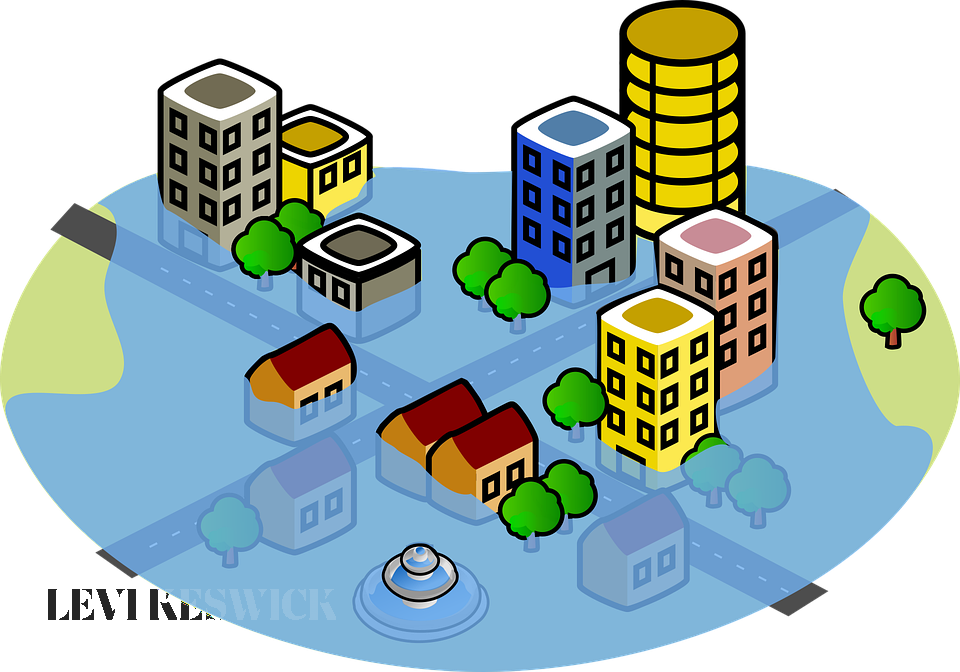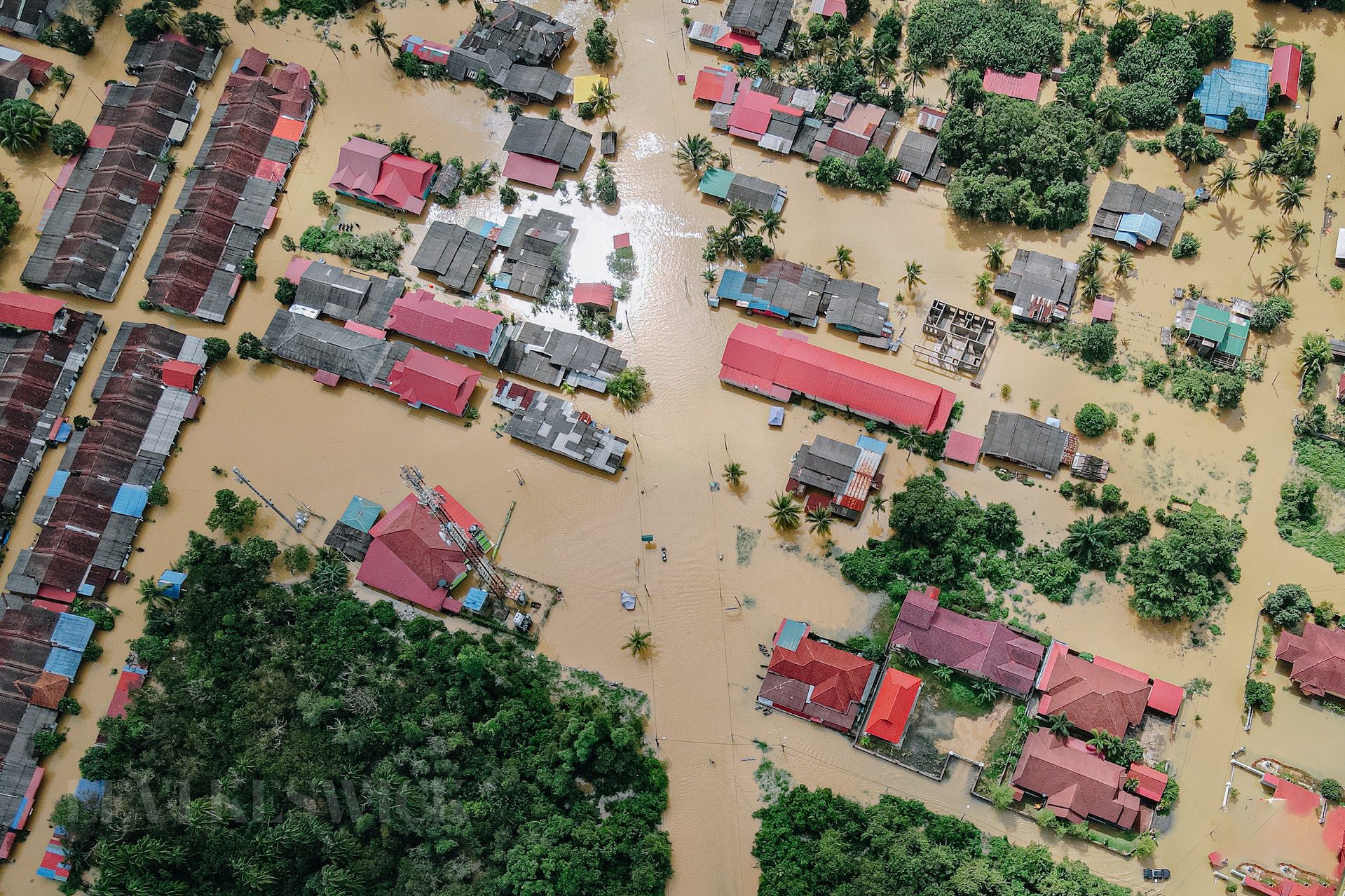A flood can be a devastating event for a business. Not only is there the physical damage that needs to be repaired, but also the lost revenue from being unable to operate. If your business is hit by a flood, don’t panic! There are things you can do to minimize the impact and get back up and running as soon as possible. This article will discuss some tips for getting your business back on track after a flood.

1) Hire a Service for Water Mitigation and Restoration
When your business is hit by a flood, it’s important to hire a service for water mitigation and restoration. They will help you clean up the mess from water damages and get your business back up and running as soon as possible. There are many water restoration services out there, so do your research and find one that is reputable and has a lot of experience with floods. Look for reviews online and ask for recommendations from people you know. Hiring a water mitigation and restoration service is one of the best things you can do to get your business back on track after a flood.
2) Document the Damage
If you’re going to be asking for assistance from an insurance company, it’s important to document the damage. Take photos and videos of the damage, and make a list of all the items that were ruined or damaged. This will help you when it comes time to file an insurance claim. If you have any inventory that was damaged, make sure to document that as well. Keep track of how much inventory you had before the flood and how much was damaged.
This will help you when it comes time to file an insurance claim or replace the inventory. It’s also important to document the damage for your own records. This will help you keep track of what needs to be repaired and how much it will cost.
3) Contact Your Insurance Company
As soon as possible, contact your insurance company and file a claim. They will send an adjuster to assess the damage and determine how much they will cover. Make sure to give them a detailed account of the damages, and be sure to keep all receipts for repairs. If you have any questions about what is covered by your insurance, be sure to ask the adjuster. The last thing you want is to find out that something isn’t covered after you’ve already paid for it. In addition, be sure to ask about any deadlines for filing a claim. Many insurance companies have a time limit, so be sure to file your claim as soon as possible.
4) Educate Your Employees
When your business is hit by a flood, it’s important to educate your employees about what to do. They should know how to properly clean and disinfect any areas that were affected by the flood. They should also know how to safely operate any equipment that may have been damaged by the flood. In addition, they should be aware of any safety hazards that may be present.
You can hold a seminar about flood safety, or you can send out an email with information about what to do in the event of a flood. By providing your employees with this information, you will help to keep them safe and minimize the impact on your business.

5) Get Your Business Back Up and Running
Your main goal should be to get your business back up and running as soon as possible. This may mean doing some work yourself or hiring temporary staff to help out. Or, you may also need to close your business for a period of time while repairs are being made. Whatever you do, make sure to communicate with your employees and customers. They will appreciate the updates and will be more understanding if they know what’s going on.
In addition, try to keep things as normal as possible. If you’re able to open your business, do so. Even if you’re only able to offer a limited selection of products or services, it’s better than nothing. Your customers will appreciate the effort, and it will help to keep your business afloat during this difficult time.
These are just a few tips for how to continue your business after a flood. By following these tips, you can minimize the impact of the flood and get your business back up and running as soon as possible. Hopefully, you’ll never have to deal with a flood, but if you do, these tips will help you get through it.












